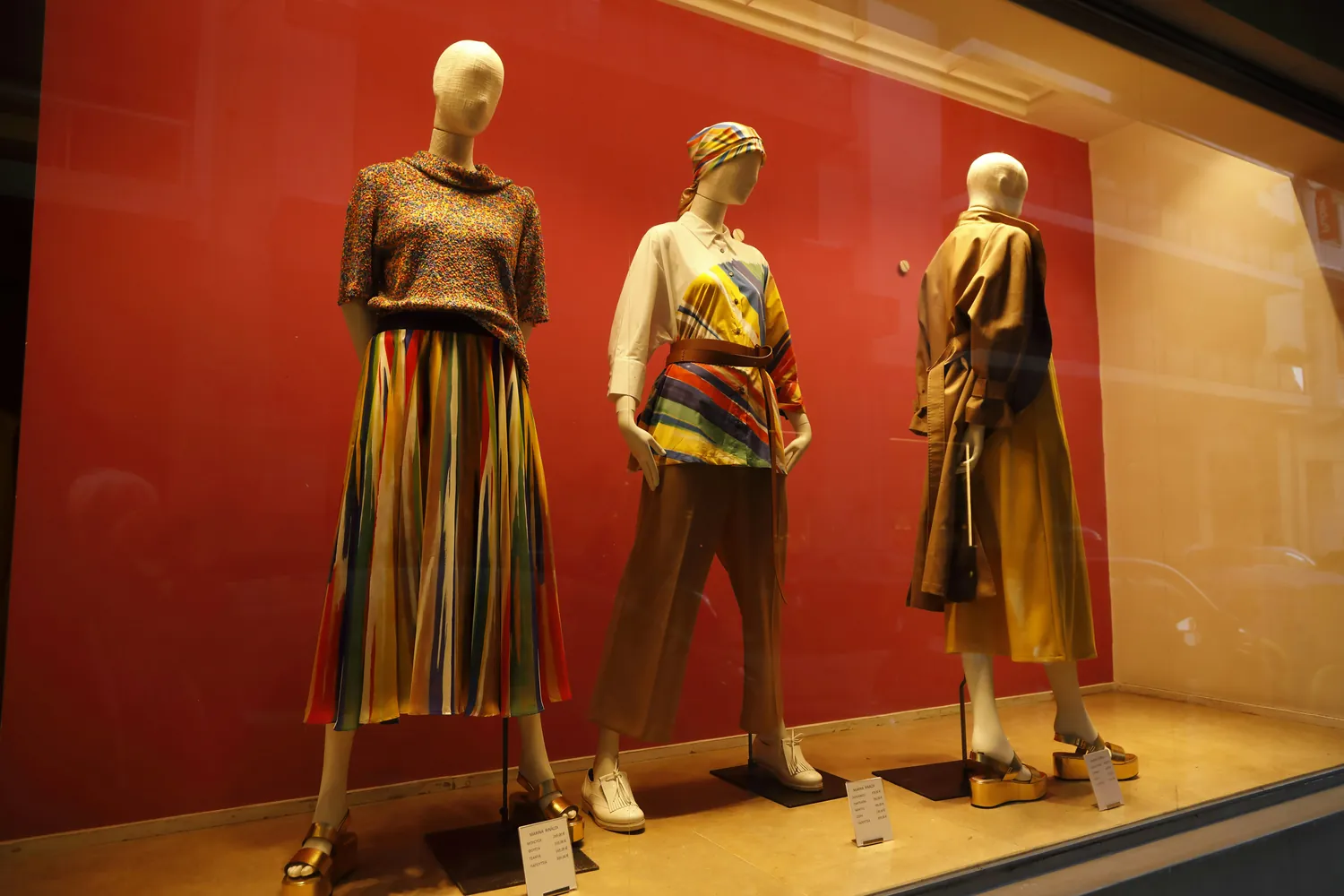Consumer Perspectives: Fast Fashion and Its Sustainable Alternatives

The Dichotomy of Fast Fashion and Slow Fashion
Fashion, as an industry, operates on dichotomous principles. On one side, we have fast fashion—a rapidly growing phenomenon driven by consumer demand for inexpensive and trendy clothes. On the other side, slow fashion stands as a counter-movement advocating for sustainable practices and ethical production. As consumers become increasingly aware of the environmental and social implications of their purchasing choices, understanding these two paradigms is essential.
The Rise of Fast Fashion
Fast fashion refers to a model of mass-producing clothing collections based on the latest trends, quickly turning them into retail-ready products at a low cost. This business model thrives on speed and affordability, catering to fashion-conscious consumers who desire frequent wardrobe updates.
Key Characteristics:
- Speed: Quick turnaround times from design to production.
- Affordability: Cost-effective production that lowers prices for consumers.
- Trend-driven: Emphasis on capturing the latest fashion trends.
Brands like Zara, H&M, and Forever 21 epitomize this model, releasing new collections every few weeks. This frequency keeps customers returning to stores and websites for the latest styles.
The Environmental Toll
The impact of fast fashion extends beyond consumer wallets; it imposes significant environmental costs. The industry is notorious for its high carbon footprint, excessive water usage, and the generation of substantial textile waste. The rapid production cycles result in over 92 million tons of waste each year, with only a small fraction being recycled.
Example Workflow: A typical fast fashion supply chain begins with the rapid design of garments influenced by runway shows. These designs are quickly manufactured in large volumes, often in countries with less stringent labor laws, leading to questionable working conditions. Once produced, garments are shipped worldwide for distribution and retail. However, the longevity of these items is limited; many pieces are discarded after a few wears due to poor quality or changing trends.
Consumer Behavior and the Fast Fashion Appeal
Why do consumers buy into fast fashion despite its drawbacks? Several factors contribute:
- Affordability: Low prices make it accessible for all budgets.
- Variety: A wide range of styles caters to diverse tastes.
- Social Influence: The desire to keep up with peers and influencers promoting new trends.
This model has altered consumer behavior, leading to a culture of disposability where clothing is frequently replaced rather than cherished.
The Ethical Turn: Understanding Slow Fashion
In stark contrast, slow fashion encourages mindful consumption and sustainable practices. This movement emphasizes quality over quantity, advocating for garments that are durable, timeless, and ethically produced.
Core Principles of Slow Fashion
Slow fashion revolves around several core principles:
- Sustainability: Use of eco-friendly materials and sustainable production processes.
- Ethical Labor: Fair wages and safe working conditions for all workers.
- Longevity: High-quality garments designed to last for years.
Brands like Patagonia, Eileen Fisher, and Everlane exemplify slow fashion values by focusing on transparency and ethical sourcing.
The Environmental Benefits
By prioritizing sustainability, slow fashion significantly reduces the environmental impact associated with clothing production. It utilizes organic or recycled materials, minimizes waste through thoughtful design practices, and often incorporates traditional craftsmanship that supports local economies.
An illustrative workflow in slow fashion involves extended timelines for design and production. Each garment is crafted with consideration for minimal waste and maximum durability, often including handcrafting techniques that preserve cultural heritage. The end product is a piece meant to be worn repeatedly over many years.
Changing Consumer Mindsets
A growing segment of consumers is shifting towards slow fashion due to heightened awareness of environmental issues and ethical concerns. This demographic values:
- Quality Over Quantity: Investing in fewer but better-made garments.
- Transparency: Knowledge about where and how products are made.
- Cultural Significance: Appreciation for unique designs that tell a story.
This shift represents a fundamental change in consumer behavior from impulsive buying to thoughtful purchasing decisions that align with personal values.
Navigating Your Fashion Choices: A Practical Guide
For consumers looking to transition from fast fashion to more sustainable practices, here is a mini-framework you can apply:
Step 1: Educate Yourself
Before making any purchases, research brands' ethical and sustainability practices. Look for certifications such as GOTS (Global Organic Textile Standard) or Fair Trade.
Step 2: Assess Your Wardrobe
Take stock of what you own. Identify key pieces that are versatile and can be styled in multiple ways. This helps reduce the need for constant buying.
Step 3: Prioritize Quality
Invest in high-quality items that will stand the test of time. Consider cost per wear rather than the initial price tag.
Step 4: Support Ethical Brands
Whenever possible, choose brands that prioritize sustainable practices and transparent supply chains.
Step 5: Practice Mindful Consumption
Avoid impulse buying by adopting a waiting period before making new purchases. This practice helps curb unnecessary spending and reduces waste.
The Road Ahead: Balancing Trends with Sustainability
The future of fashion lies in finding a balance between the accessibility of fast fashion and the ethics of slow fashion. Innovations such as circular fashion—where garments are designed for reuse and recycling—and advancements in sustainable materials like biodegradable fibers present promising paths forward.
The onus is on both consumers and brands to drive this change. By making informed choices and demanding greater accountability from the industry, we can collectively foster a more sustainable future in fashion.
 BuzzArticle
BuzzArticle